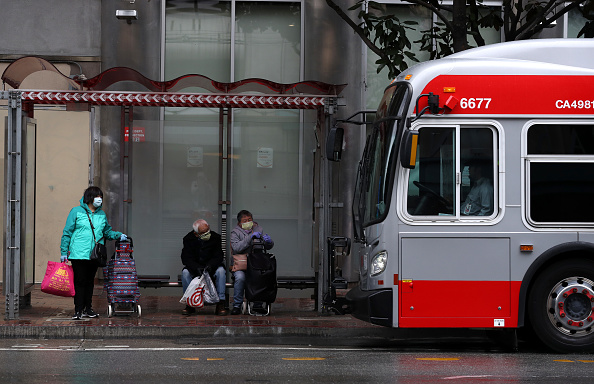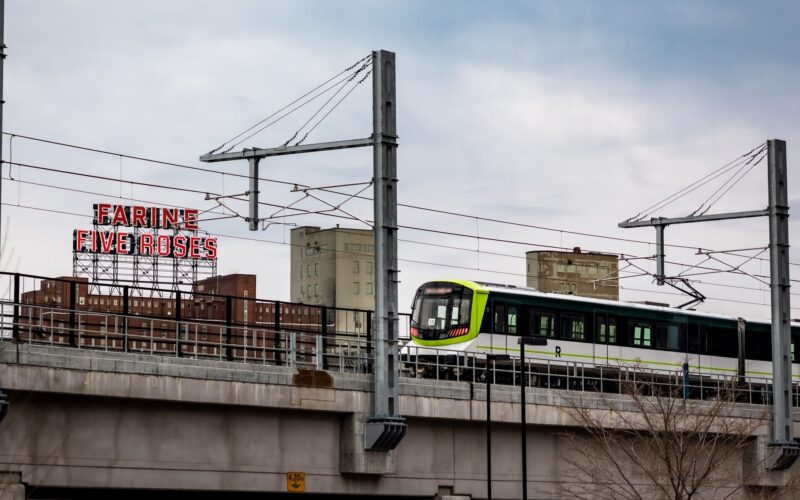
Editor’s note: An earlier version of this post analyzed the framework for COVID relief released the week before Congress passed a bill. The post has been updated to reflect the final bill language.
Included in the COVID relief bill that Congress is expected to pass today is $14 billion for transit agencies. The emergency funding comes not a moment too soon.
Entering the 2021 transit budget season, agencies faced steep shortfalls induced by the pandemic. Without the funding in this bill, agencies would have been compelled to cut service, maintenance, and capital investment, directly affecting tens of millions of Americans who ride transit and causing economic damage throughout the nation.
Of the transit funding in this bill, $13.2 billion will go to transit agencies in metropolitan areas. This will buy agencies critical time and should stave off transit cuts for the immediate future. To fully bridge the COVID budget gap, however, further rounds of funding would need to be secured from federal, state, or local sources.
We present this preliminary analysis as a summary and guide to the geographic distribution of transit funds in the COVID relief bill. Keep in mind that the bill allocates federal transit funding by urbanized area, not agency, and that’s what we list in the spreadsheet. How the funding gets distributed within each metro area — and what each individual transit agency would be in line to receive — depends on local agreements.
Importantly, the distribution of funding in this bill is different than in the CARES Act, with the new package correcting for unevenness in how the earlier one addressed agency shortfalls. That’s because it “caps” the amount of aid that any urbanized area receives (from this bill and the CARES Act combined) at 75% of the region’s transit operating costs in 2018. This funding will then get redistributed to agencies that are under the cap.
This makes new bill more responsive to the specific budget problems each agency is facing due to COVID. Many regions underfunded in the CARES Act (like New York and Seattle) are now in line to receive proportionally more from this package. Others received aid greater than 75% of their operating costs in the CARES Act, so they would not get additional funds through this bill. Many fall in between, with grants that bring them up to the 75% cap.
 On the Brink: Will WMATA’s Progress Be Erased by 2024?
On the Brink: Will WMATA’s Progress Be Erased by 2024?
The experience of being a WMATA rider has substantially improved over the last 18 months, thanks to changes the agency has made like adding off-peak service and simplifying fares. Things are about to get even better with the launch of all-door boarding later this fall, overnight bus service on some lines starting in December, and an ambitious plan to redesign the Metrobus network. But all of this could go away by July 1, 2024.
Read More On Track for Success: Decoding Montreal’s REM Model for Efficient Transit Projects in the U.S
On Track for Success: Decoding Montreal’s REM Model for Efficient Transit Projects in the U.S
Why is it so difficult to build subway and light rail projects in America? Every week there’s a new story about an American transit project that is behind schedule, over budget, or “paused”. Montreal’s Réseau express métropolitain (REM) stands out as a recent North American project that has begun to address some of the challenges that have foiled so many others. What is REM getting right that other projects aren’t?
Read More